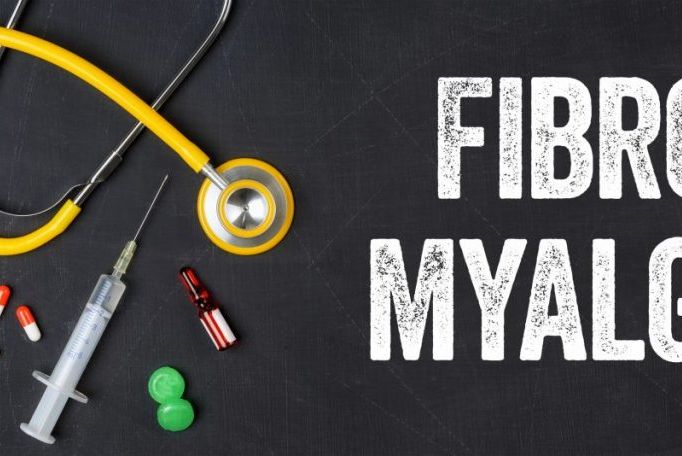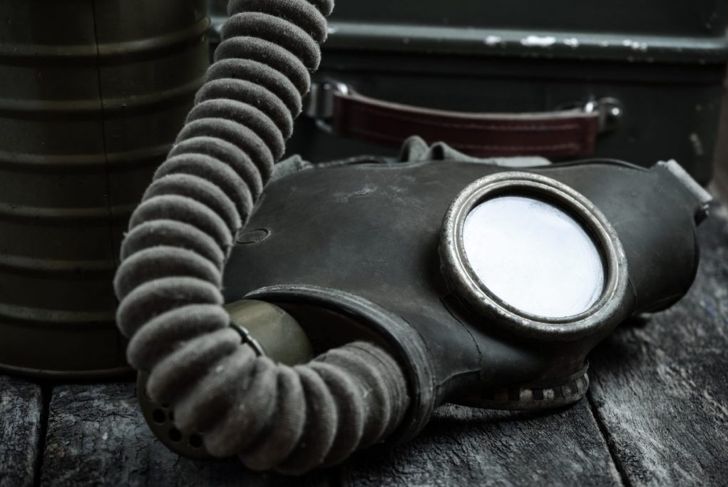In 1990, following Iraq’s invasion of Kuwait, the United States and its allies from around the world began a buildup of troops that would ultimately see over 700,000 soldiers in theatre to participate in The First Gulf War. Gulf War Syndrome (GWS) is an umbrella term to describe the symptoms reported by returning veterans in the United States and every other coalition nation which sent its troops to participate in the Gulf War. In the US alone, more than 110,000 cases had been reported by 1999, and new cases continue to come forward each year. The Department of Veterans Affairs no longer uses GWS, preferring “chronic multi-symptom illness,” or sometimes simply “undiagnosed illnesses” to speak of this now proved condition. This syndrome affects more than just members of the military. Civilians like the press, government employees, and others on the ground also reported their symptoms.
“I Remember This Was Political and a Conspiracy”
As recently as 2017, “Stars and Stripes” reported that “The Department of Veterans Affairs denies more than 80 percent of veterans’ claims for benefits for Gulf War-associated illnesses — an approval rating three times lower than all other types of claims.” And “veterans seeking benefits for Gulf War illness are having to wait four months longer on average to hear back from the VA” according to the July report from the General Accountability Office. 1 The official U.S Department of Defense newspaper reported “As of February 2017, 90% of medical examiners had not been trained on how to conduct exams for Gulf War illness. The VA made the training optional.”
Symptoms of Gulf War Syndrome
This is a partial list, but the majority of those with GWS reported symptoms such as cognitive deficits, autonomic dysfunction, Chronic Fatigue Syndrome, and widespread chronic pain that implicate the central nervous system. Additionally, functional gastrointestinal disorders were reported by many. The functional speaks to chronic symptoms related to the digestive tract. The “functional” here refers to an organ with no alteration to the organ tissue yet not functioning normally. A comparative example could be irritable bowel syndrome.
Proof Of Gulf War Syndrome Part 1
In a study by Georgetown University Medical Center published in 2013, researchers concluded that there are subsets of those that have GSW after putting 38 participants through two physical stress tests with two fMRI tests before and after each stress test. A fMRI measures, pain, memory and automatic function. Automatic function measures the autonomic nervous system which works below conscious efforts and controls things like urination, heart rate, sexual attraction, respiration rate, salivation and more.What they found was that there are two distinct subgroups based on which of the two parts of their brains had deteriorated from Gulf War Syndrome. Of the 28, 18 showed they experienced more pain following the stress tests and the fMRI showed they had lost brain matter from GWS in the region next to the area that regulates pain. The conclusion they reached is that doctors’ diagnosis of GSW is difficult because they report very different symptoms.
Proof of Gulf War Syndrome Part 2
In the first cognitive testing of the 18 who felt more pain, the researchers observed the scans and found that they used the basal ganglia region of the brain more as compensation. However, after the physical stress test, they couldn’t use it after the physical stress was applied.In the other group of 10, the cognitive testing saw their heart rates rise during the cognitive testing. And each showed atrophy in the brain stem which regulates heartbeat. The researchers concluded that each group lost its compensatory ability following the different test as the other and each had damage to a separate area of the brain. The control group showed no change in symptoms after exercise, cognitive testing, or brain structure.The paper’s author wrote of his findings, “The use of other brain areas to compensate for a damaged area is seen in other disorders, such as Alzheimer’s disease, which is why we believe our data show that these veterans are suffering from central nervous system dysfunction.”
2007 Study and First Proof
Roberta White, Ph.D., of Boston University School of Public Health and colleagues, wrote in 2007 that Gulf War veterans who returned with multiple symptoms of Gulf War Syndrome had significant differences in their brain structures than their fellow veterans who returned. Of the 36 veterans in the study, five exhibited more than five symptoms while the rest had less than five. Among other symptoms, they reported difficulty concentrating, nausea, skin rash, headaches, forgetfulness, fatigue, and joint pain. Dr. White wrote that the two regions of the brain involved with memory and thought were smaller in those with over five symptoms. In fact, the overall cortex was 5% smaller, and the rostral anterior cingulate gyrus was 6% smaller.”We don’t know the cause of these differences in the veterans’ brain volumes, but the hypothesis is that they are related to exposure to hazardous substances during the first Gulf War. Many troops were exposed to hazardous substances such as pesticides, and other studies have shown that exposures to these substances affect the central nervous system.” Dr. White when presenting her findings. The study conclusively proved Gulf War Syndrome for the first time.
Possible Causes Of GWS
After over 25 years of looking into potential causes, the medical and scientific community still doesn’t know. Infectious diseases in the region could certainly have played a part. What’s truly frightening is that the scientific community after nearly three decades is still no closer to a single answer and answer those with the syndrome deserve.
Chemical and Biological Weapons?
Iraq was experimenting with biological warfare agents, but none were released in the Gulf War. The same thing goes for chemical weapons. However, coalition troops also struck several chemical weapon sites, and exposure at some level could be a cause or partial cause.
Vaccines?
Troops that were sent to the Gulf were generally given over 15 different vaccinations in a short period, and this cocktail included two that had not yet been approved. Is it possible that some interacted with others? Is it possible that one or more interacted with something else like an infectious disease that those in the region were exposed to in the desert?
Other Chemical Exposure
There is no shortage of options here. From over 65 oil wells burning for months to Pyridostigmine Bromide, a drug given to troops to counteract chemical warfare agents. First-time-used decontamination sprays, organophosphate pesticides, CARC, or chemical agent resistant coating? This is only a small list of potential causes that have been studied.

 Home
Home Health
Health Diet & Nutrition
Diet & Nutrition Living Well
Living Well More
More



















